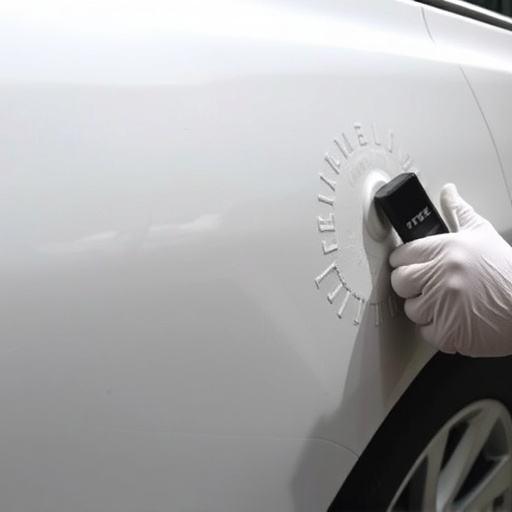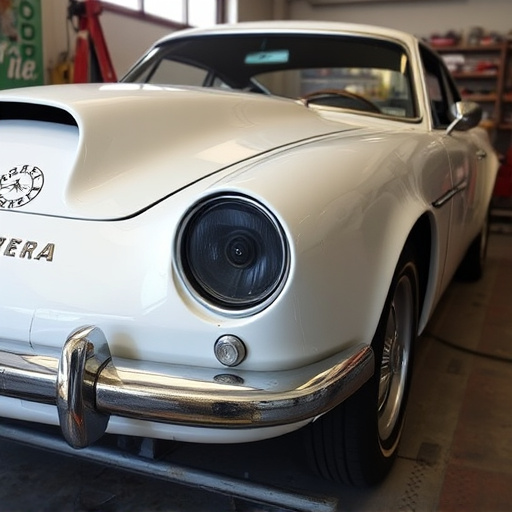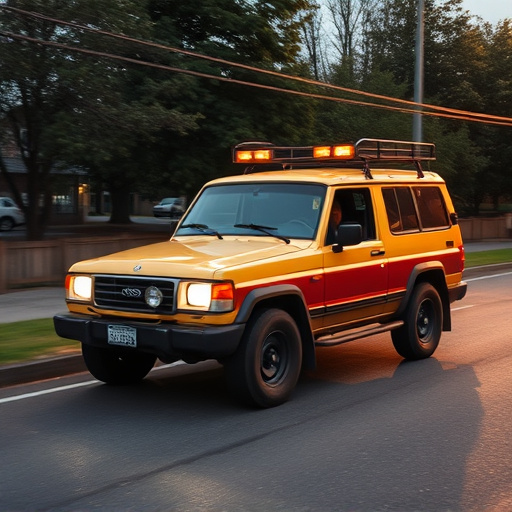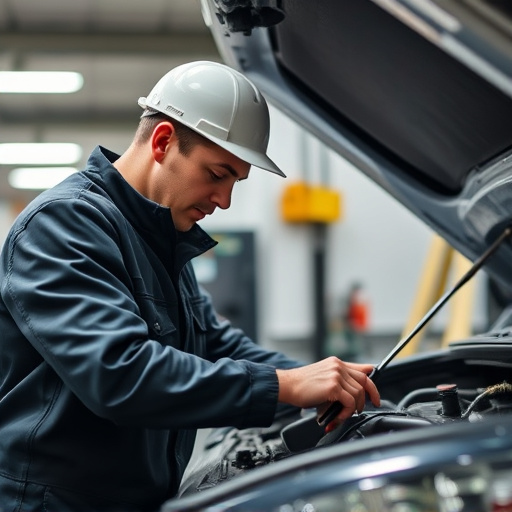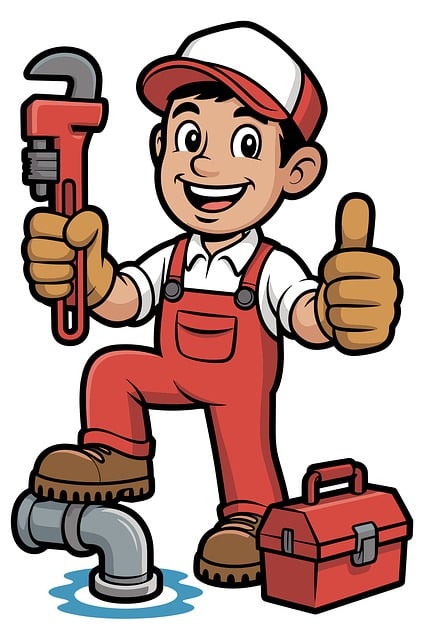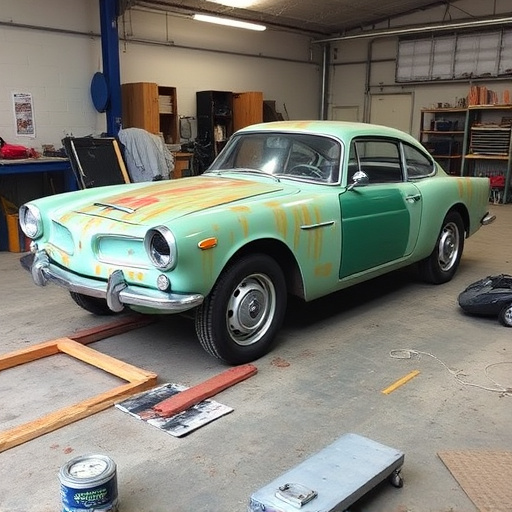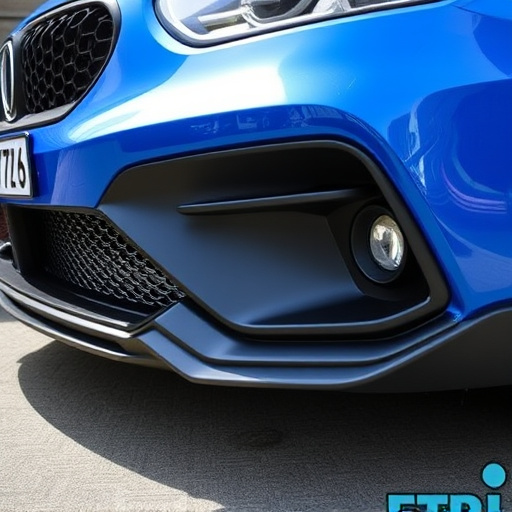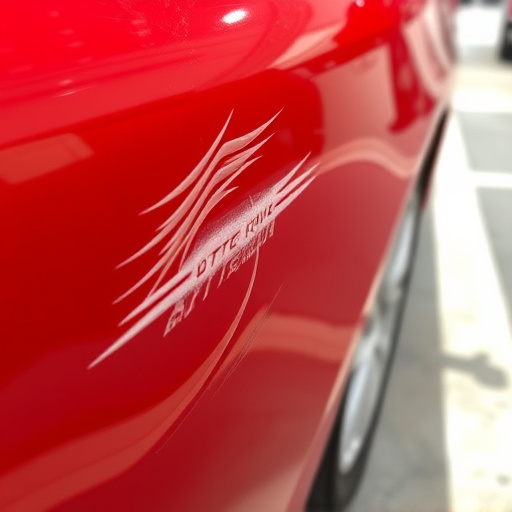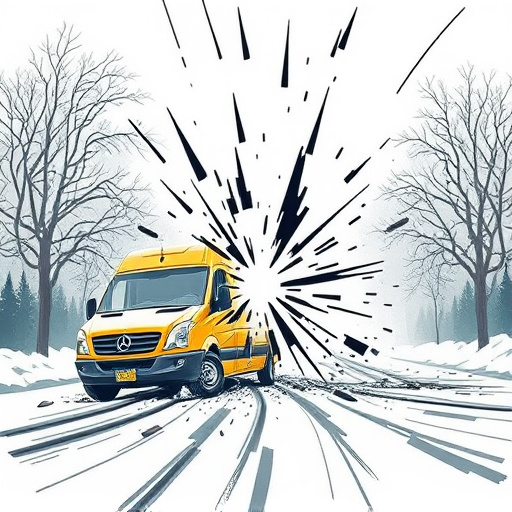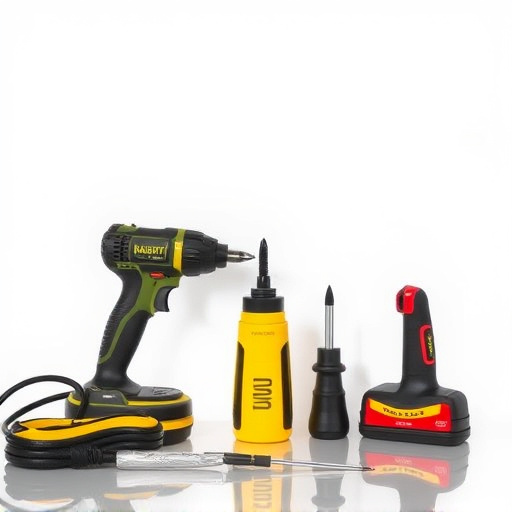Weather stripping replacement is vital for high-performance vehicles, protecting against water, dust, and debris ingress, preserving structural integrity, and maintaining aesthetic appeal. Regular inspection and timely replacement prevent damage from extreme weather, UV exposure, and wear, enhancing aerodynamics, fuel efficiency, and the overall driving experience. Start with a damage assessment, source compatible new strips, clean door sills, apply accurately, trim excess, and secure fasteners, while professional assistance is recommended for severe cases.
High-performance vehicles demand top-tier maintenance, and one often overlooked component is weather stripping. Understanding its role in sealing your car’s body, protecting against elements, and maintaining aerodynamics is key. This article explores why replacing worn or damaged weather stripping isn’t just a visual upgrade but a performance booster. We’ll break down the benefits and provide a step-by-step guide to ensure optimal results, keeping your high-performance machine running smoothly through all seasons.
- Understanding Weather Stripping and Its Importance for High-Performance Vehicles
- Why Replace Weather Stripping? Benefits for Performance and Efficiency
- Step-by-Step Guide to Effective Weather Stripping Replacement
Understanding Weather Stripping and Its Importance for High-Performance Vehicles
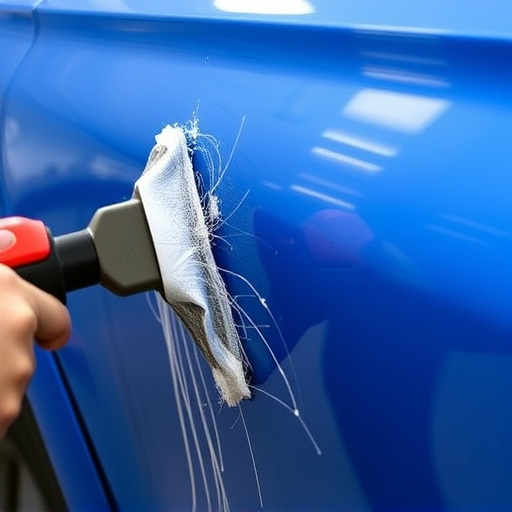
Weather stripping replacement is a crucial aspect of auto maintenance for high-performance vehicles. It plays a vital role in maintaining the vehicle’s aesthetic and structural integrity, especially in harsh weather conditions. These strips, often made from flexible materials like rubber or vinyl, seal gaps between doors, windows, and hoods, preventing water, dust, and debris from infiltrating the car’s interior.
For high-performance vehicles, where precision engineering and aerodynamics are key, proper weather stripping replacement is essential. It helps in reducing drag, maintaining optimal cabin temperature, and ensuring the longevity of the vehicle’s exterior. Moreover, regular auto maintenance checks for dent removal and weather stripping inspection can help catch potential issues early on, preventing more serious auto repair services down the line.
Why Replace Weather Stripping? Benefits for Performance and Efficiency
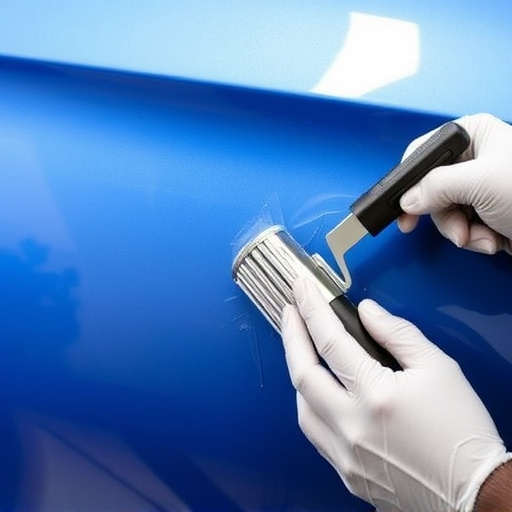
Weather stripping replacement is an often overlooked yet vital aspect of vehicle maintenance, especially for high-performance cars. Over time, these seals can become damaged or deteriorate due to exposure to harsh weather conditions, UV radiation, and normal wear and tear. This deterioration can lead to several issues that not only compromise the aesthetics but also significantly impact the performance and efficiency of your vehicle.
One of the primary reasons to replace weather stripping is to maintain the integrity of your car’s seal system. Damaged or old weather stripping allows for air and moisture intrusion, which can cause rust and corrosion on the body panels. By replacing it, you create a tight seal, enhancing aerodynamic performance, reducing drag, and improving fuel efficiency. Moreover, new weather stripping ensures that the glass remains secure, preventing wind noise and water seepage into the cabin, thereby enhancing both driver comfort and the overall driving experience—a benefit often sought after by those who frequent auto collision centers or visit auto body shops for superior repairs.
Step-by-Step Guide to Effective Weather Stripping Replacement
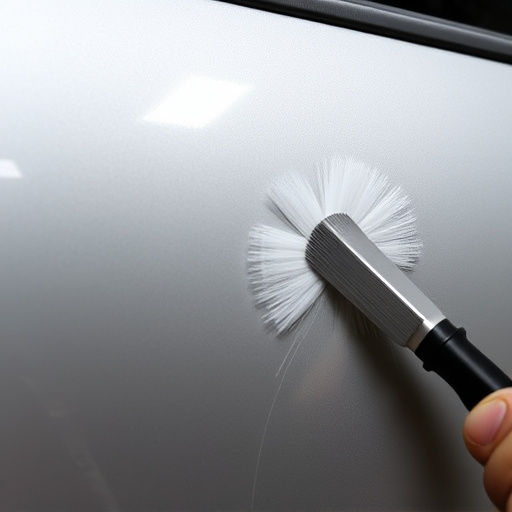
Replacing weather stripping on your high-performance vehicle is an essential step in maintaining its aesthetics and functionality. Here’s a step-by-step guide to ensure effective weather stripping replacement, keeping in mind the unique requirements of performance vehicles. Begin by thoroughly inspecting the existing weather stripping for any signs of damage or deterioration. This can often be done during a regular wash and wipe-down of your vehicle. Once identified, remove any loose or cracked pieces with a suitable tool, taking care not to damage surrounding surfaces.
Next, gather all necessary tools and materials, including new weather stripping designed specifically for your vehicle model. Ensure compatibility to avoid gaps or misalignments that can compromise seal integrity. Before installation, clean the door sills and surrounding areas to remove any dirt, grease, or debris that could hinder a secure fit. Carefully peel away the backing from the new weather stripping and position it accurately, ensuring it aligns with the car’s design. Press firmly to create a tight seal, using tools like a putty knife if needed for a secure attachment. Completing this process involves trimming excess material neatly and securing any additional fasteners provided. Regularly inspect your vehicle’s weather stripping to maintain optimal performance and protect against elements, considering a visit to a collision repair center for professional auto painting or weather stripping replacement if damage is severe.
Weather stripping replacement is not just a task, it’s an investment in your high-performance vehicle’s longevity and efficiency. By understanding the importance of weather stripping and following a structured guide, car owners can significantly enhance their driving experience. Regular maintenance ensures optimal performance, reduced drag, and better fuel economy, ultimately making your vehicle safer and more environmentally friendly. So, don’t underestimate the power of a simple yet crucial component like weather stripping.

